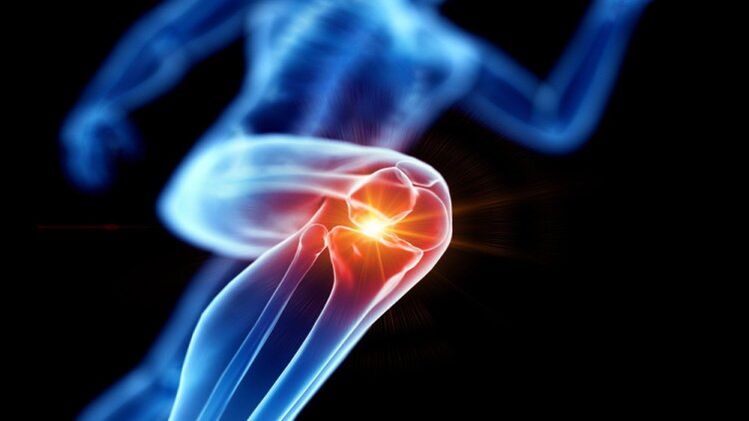
Gonarthrosis, or as it is sometimes incorrectly called, gonoarthrosis (arthrosis of the knee joint), is a chronic disease with a gradually progressive course, with degenerative changes in the cartilage tissue of the joint.
As the disease progresses, a person may completely lose the ability to move independently. Timely diagnosis and treatment of gonarthrosis makes it possible to stop the pathological process and save a person from pain.
Most often, this pathology is diagnosed in middle-aged and elderly people, but it can also occur in young people. Women are several times more likely to experience this disease than men. In this article, we will consider the clinical symptoms and tactics of treatment of gonarthrosis.
The main clinical symptoms of gonarthrosis
As already mentioned, gonarthrosis has a gradually progressive course. Thus, in the initial stages of the sick person, practically nothing bothers him, but over time the symptoms intensify.
The primary clinical symptom is mild knee pain that occurs during prolonged or vigorous physical exertion. The patient indicates a certain stiffness of the joints, the appearance of "initial" pain syndrome (appears at the beginning of the movement, progresses after the person "disperses").
With this disease, there are no external changes in the knee. Sometimes people notice some swelling.
As the disease progresses, the pain becomes more intense. The pain syndrome appears even with little physical activity, and becomes more pronounced in case of long-term loading of the knee. The pain eases during rest, then returns again when movement is resumed.
In the future, the pain syndrome becomes constant, both during exercise and at rest. Movements in the joint are limited, a harsh crunch is heard when the knee is bent. With pronounced pathological changes, the knee is deformed, which further limits movement.
How is knee osteoarthritis treated?

The treatment of arthrosis of the knee joint consists of non-medicinal and medicinal methods, and, if necessary, surgical intervention.
Patients suffering from this disease are advised to avoid stressing the knee, try to relieve it as much as possible with the help of various orthopedic devices and canes. The most important point is weight loss. In 2017, scientists from the University of Medicine published a study in which they found that obesity increases the likelihood of developing gonarthrosis by 4-10 times and occurs in every third patient.
In addition, the sick person is prescribed special therapeutic exercises, physiotherapy procedures, for example, UHF therapy.
In terms of drug treatment, non-steroidal anti-inflammatory drugs can be recommended for pain relief. Due to their ineffectiveness, intra-articular injections of glucocorticosteroids are performed. In addition, the treatment plan is supplemented with chondroprotectors and hyaluronic acid injections.
Note that any medication can only be used as prescribed by a doctor.
In the later stages of the disease, the main treatment method is surgical intervention, which means replacing the joint surfaces with artificial implants.

























